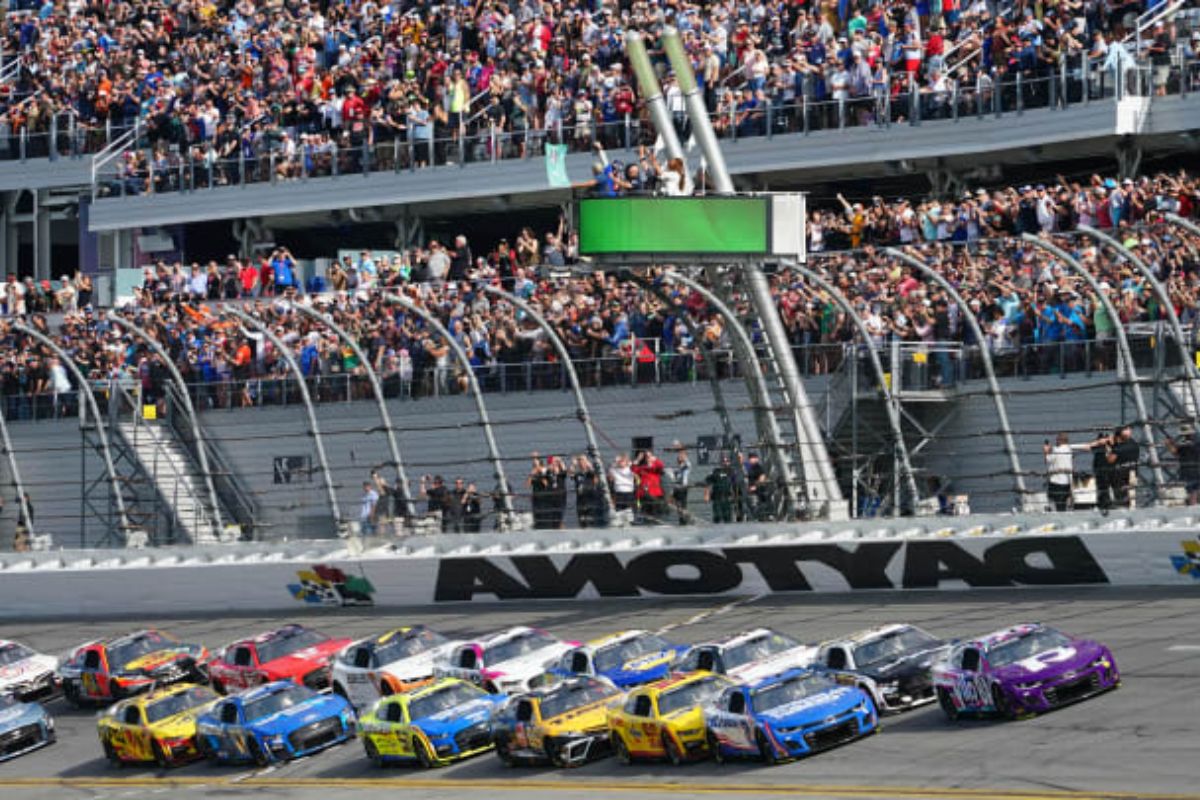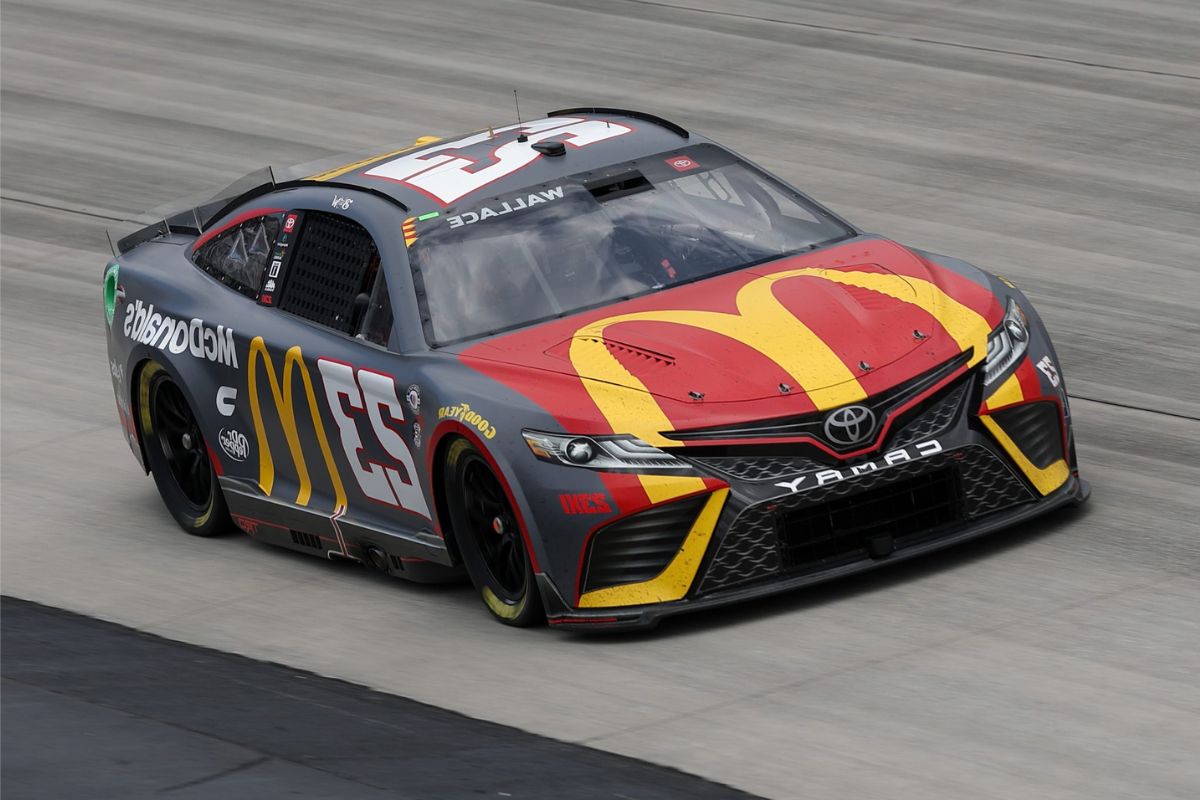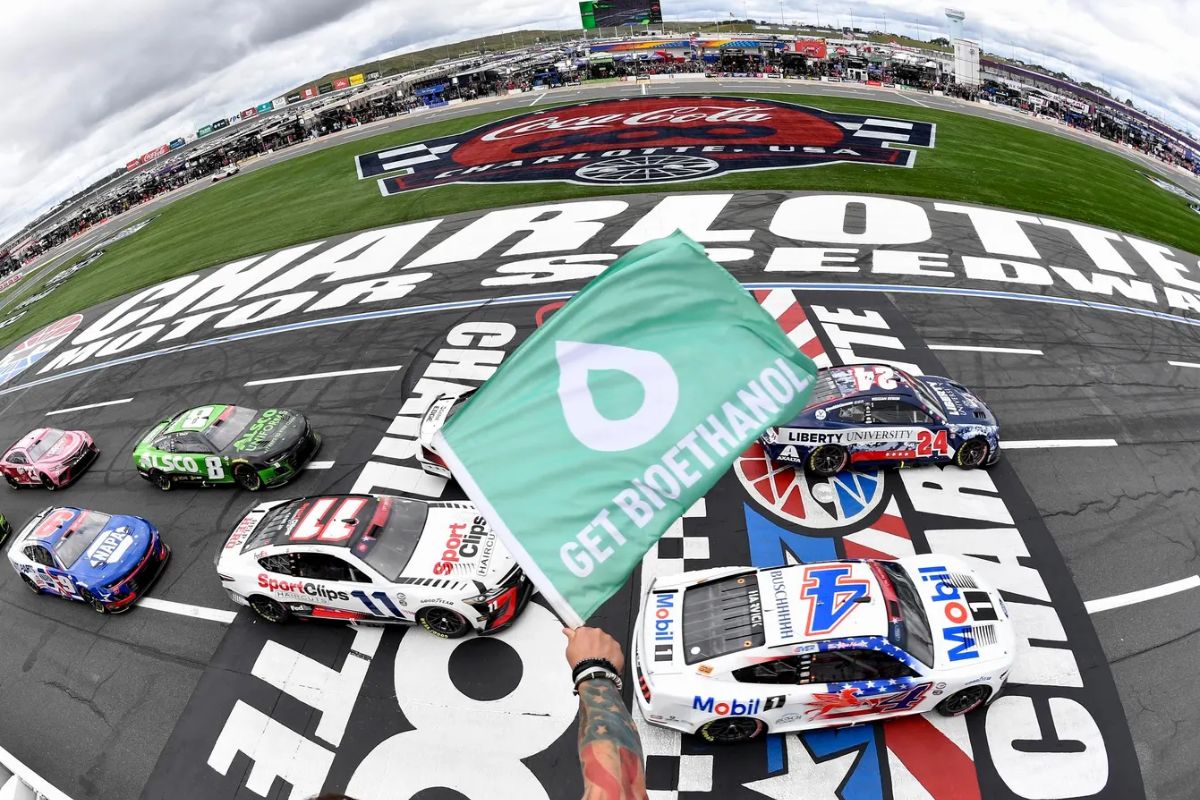Daytona 500 Financial Peril: The Daytona 500, often heralded as the pinnacle of NASCAR racing, is facing a financial quandary following the recent spate of crashes and subsequent challenges. With teams grappling to navigate the aftermath of the utter carnage witnessed on the track, the financial burden on these entities is becoming increasingly palpable.
As the dust settles on Daytona’s tumultuous events, questions loom large over the future of this iconic race and its impact on the broader landscape of NASCAR. The intersection of adrenaline-fueled competition and financial strain has cast a shadow over the sport’s most prestigious event, leaving stakeholders and fans alike pondering the road ahead.
Daytona 500’s Carnage
The Daytona 500’s history is marred by a significant number of high-impact crashes, reflecting the intense competition and risk factors inherent in the sport of NASCAR. These incidents underscore the fine balance between safety improvements and the thrill of spectator entertainment. Driver aggression, a key element in NASCAR racing, often leads to daring maneuvers that can result in spectacular crashes like the one involving Ross Chastain and Austin Cindric at the recent Daytona 500, affecting multiple drivers.
While these crashes add an element of excitement for spectators, they also highlight the importance of risk management in ensuring the safety of both drivers and fans. NASCAR continuously works on enhancing safety protocols and implementing measures to mitigate the risks associated with high-speed racing. Despite the adrenaline-pumping moments these crashes create, questions arise regarding the event sustainability and the long-term impact of such incidents on the sport’s reputation and financial viability.
The balance between the thrill of competition and the safety of participants remains a critical aspect that NASCAR must address to secure the future of the Daytona 500.

Teams Grapple with Challenges
Teams participating in NASCAR face significant financial hurdles due to the high operating costs associated with the Next-Gen car, particularly evident at events like the Daytona 500. The challenges that teams grapple with include:
- High Operating Costs: The Next-Gen car’s advanced technology and construction have driven up expenses for teams, making it harder to stay within budget.
- Costly Wrecks: The wrecks in NASCAR races, like the one involving Ryan Preece, not only pose safety concerns but also result in significant financial burdens on teams due to the repair and replacement costs of damaged vehicles.
- Safety Concerns: While NASCAR has made strides in enhancing driver safety since the tragic incident involving Dale Earnhardt in 2001, the risks associated with high-speed crashes remain a pressing issue for teams.
- Race Expenses: The overall expenses of participating in races like the Daytona 500, including travel, accommodation, and entry fees, add to the financial strain on teams already struggling with the costs of the Next-Gen car.
Financial Burden on Teams
Facing escalating expenses and unprecedented financial challenges, NASCAR teams find themselves burdened by the exorbitant costs associated with the Next-Gen car and the demanding nature of events like the Daytona 500. The Daytona 500 stands out as the most expensive race of the year, requiring teams to use two engines – one for the Bluegreen Duels and another for the main race, coupled with an additional $10,000 expense for electronic fuel injection systems.
Smaller teams often face budget constraints, resorting to using the same engine for multiple race weeks to cope with financial struggles. The introduction of the Next-Gen car aimed to lower costs by mandating a standard chassis; however, the reality is different, as teams still need to invest in various additional parts. Sponsorship woes add to the financial burden, especially when crashes occur, necessitating expensive repairs or replacements.
Effective resource management becomes crucial for teams to navigate these challenges and sustain their competitiveness in NASCAR’s high-stakes environment.

The Future of the Great American Race
Amidst the evolving landscape of NASCAR and the financial challenges faced by teams, the future trajectory of the Daytona 500, known as the Great American Race, remains a topic of significant interest and scrutiny.
- Race Safety: The increasing costs of ensuring race safety through car modifications and repairs post-crash incidents are raising concerns among team owners, impacting the sustainability of the event.
- Fan Engagement: Despite financial strains, the Daytona 500 continues to attract massive viewership, showcasing its importance in engaging fans and maintaining interest in NASCAR.
- Sponsorship Impact: The financial burden on teams due to crash expenses and setup costs may influence the willingness of sponsors to invest in the event, affecting the overall sponsorship landscape in NASCAR.
- Team Resilience: The ability of teams, especially smaller ones, to withstand the escalating financial demands of participating in the Daytona 500 is being tested, highlighting the importance of team resilience in the sport’s future.
- Broadcast Ratings: The viewership numbers of the Daytona 500, a key indicator of NASCAR’s popularity and financial success, continue to play a crucial role in shaping the event’s future and the sport’s overall appeal.
News In Brief
The Daytona 500, NASCAR’s prestigious event, faces financial strain after recent crashes. The race’s history of high-impact incidents, like Ross Chastain and Austin Cindric’s collision, raises questions about safety and sustainability. Teams struggle with the Next-Gen car’s high costs, repairs, and race expenses, notably spending $10,000 extra for electronic fuel injection. The burden on smaller teams is pronounced, with some reusing engines due to budget constraints. The future of the Daytona 500, a crucial race attracting significant viewership, hinges on safety measures, fan engagement, and sponsorship impacts. As teams navigate financial challenges, the race’s broadcast ratings remain pivotal for NASCAR’s appeal and the event’s longevity.”
Our Reader’s Queries
Q: How much money does the Daytona 500 bring in?
A: The 2024 Daytona 500 boasts a record-breaking total purse of $28,035,991, surpassing the 2023 purse by over $1 million. However, NASCAR has not disclosed the specific distribution among winners and other drivers since 2016.
Q: Who crashed in Daytona 500?
A: The chaos unfolded in the Daytona 500 with Ross Chastain in the lead. A chain reaction started when Alex Bowman nudged teammate William Byron, setting off a chain of collisions. Byron’s contact with Brad Keselowski led to a multi-car wreck, involving pole sitter Joey Logano.
Q: How much do Daytona 500 drivers get paid?
A: NASCAR ceased revealing the winner’s prize post-2015, when Joey Logano earned $1.58 million. Pockrass estimated in 2023 that the victor would likely receive between $1.5 million to $2 million, with a portion allocated to the Cup.
Also Read: Denny Hamlin Slams NASCAR Officials for Herbst Penalty!


